Tulsa’s climate is tough on roofs. Summers often exceed 90°F, with attic temperatures climbing past 130°F. Add high humidity, storms, and rapid temperature changes, and your roof faces constant wear and tear. Without proper insulation and ventilation, you risk higher energy bills, mold, and structural damage.
Key Takeaways:
- Insulation: Keeps your home cooler in summer and warmer in winter, reducing AC and heating costs.
- Ventilation: Prevents attic heat buildup and moisture, protecting roofing materials and preventing mold.
- Materials: Spray foam (R-4.9 to 7.1 per inch), fiberglass (R-3.14 to 4.29), and cellulose (R-3.75 to 3.8) are common choices.
- Ventilation Systems: Ridge vents, soffit vents, attic fans, and turbines improve airflow and regulate attic temperatures.
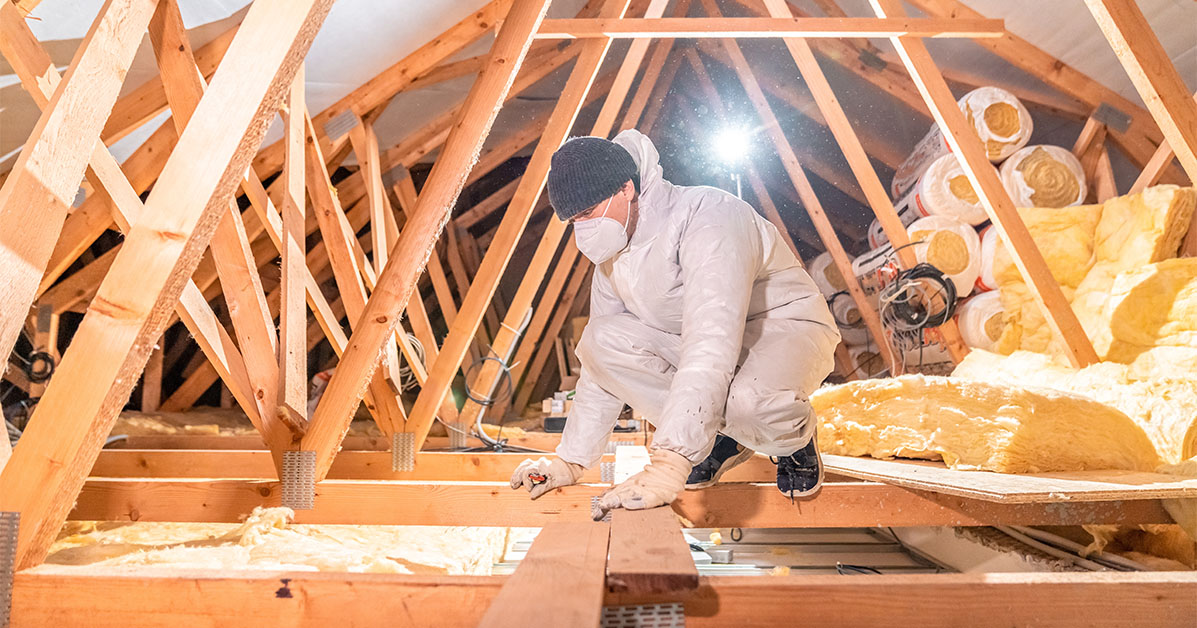
Quick Tip:
Follow the 1:300 rule for attic ventilation – 1 sq. ft. of vent space per 300 sq. ft. of attic. For insulation, aim for R-49 in attics or upgrade existing insulation to R-38.
Proactive maintenance and professional evaluations ensure your roof withstands Tulsa’s extreme conditions, saving you money and extending its lifespan.
Attic Ventilation and Insulation – What Homeowners Need to Know | Foam University
Why Roof Insulation and Ventilation Matter
Tulsa’s climate can be tough on roofs, making insulation and ventilation essential for maintaining energy efficiency and extending the life of your roof.
Improving Energy Efficiency
During Tulsa’s scorching summers, poor insulation can overload your AC system, driving up energy costs. Insulation works as a barrier, reducing the amount of heat that seeps into your home. At the same time, proper ventilation clears out the hot air trapped in your attic, keeping indoor temperatures more manageable. In the winter, insulation helps retain warmth, maintaining consistent indoor temperatures and lowering heating expenses over time.

Controlling Moisture and Preventing Mold
Tulsa’s humidity can be a real challenge for roofs without adequate ventilation. When warm, moist air gets trapped in the attic, it can condense on cooler surfaces like roof decking or insulation. This creates the perfect environment for mold growth, which can damage insulation, wood, and even your health. Proper ventilation keeps air circulating, preventing condensation before it starts. By managing moisture, ventilation not only protects your roof from water damage but also helps you avoid expensive repairs.
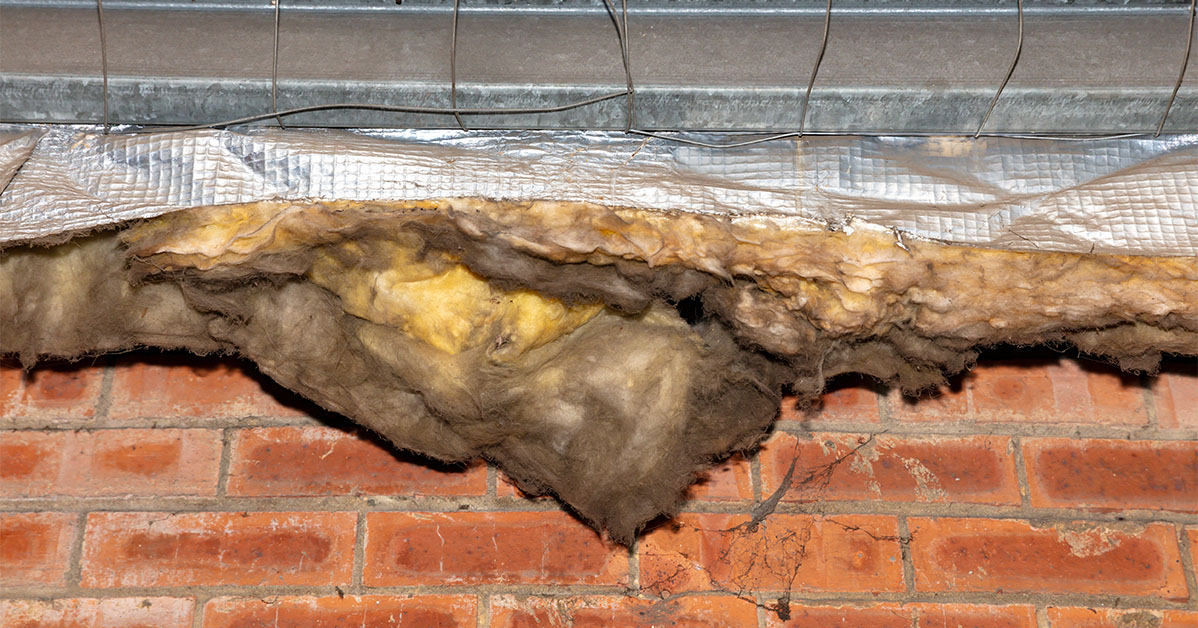
Making Your Roof Last Longer
Excess heat and moisture can speed up the wear and tear on roofing materials. High attic temperatures can make shingles brittle, leading to cracks, while constant thermal expansion and contraction can loosen fasteners and weaken seams. Ventilation helps regulate attic temperatures, while insulation minimizes thermal stress, both of which work together to extend the life of your roof. With these systems in place, you’re better prepared to choose durable materials that can stand up to Tulsa’s demanding weather conditions.
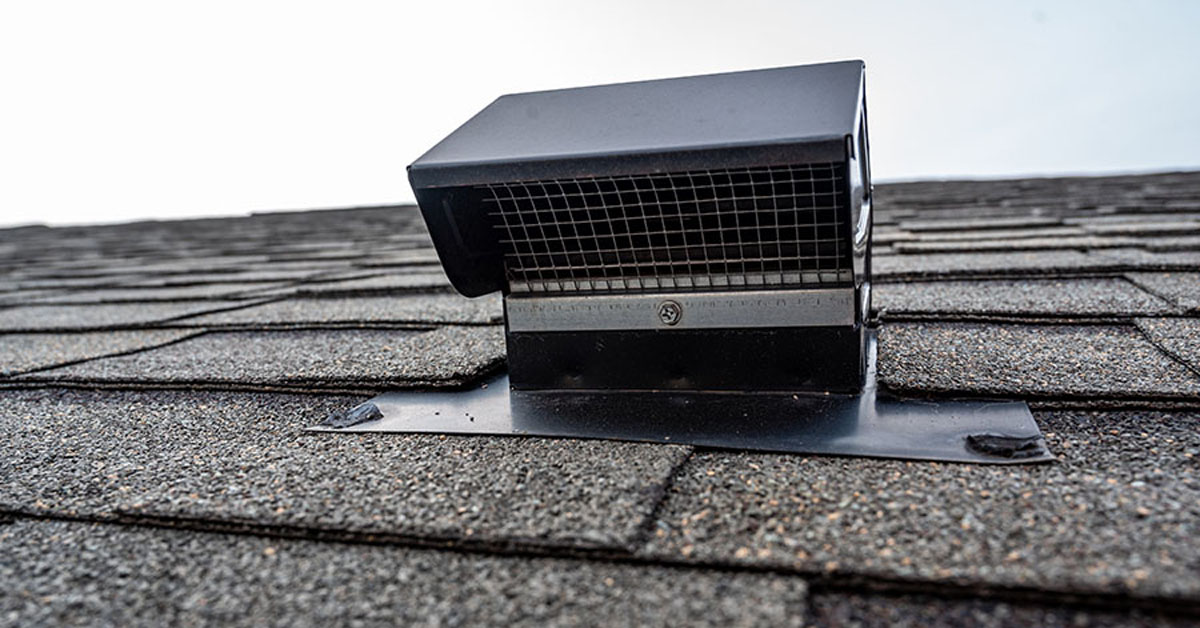
Selecting Insulation Materials for Tulsa Roofs
Finding the right insulation for your roof is key to maintaining comfort and energy efficiency in Tulsa’s hot and humid climate. The materials you choose should provide strong thermal resistance while standing up to the area’s challenging weather.
Common Insulation Types and Their Benefits
Spray foam insulation is a top performer for Tulsa homes. Closed-cell spray foam, with an R-value ranging from 4.9 to 7.1 per inch, is highly efficient. Its airtight seal minimizes heat transfer and keeps out moisture, which is especially useful during humid summers. Open-cell spray foam, while slightly less efficient with an R-value of 3.7 per inch, still offers good air-sealing capabilities at a more affordable price.
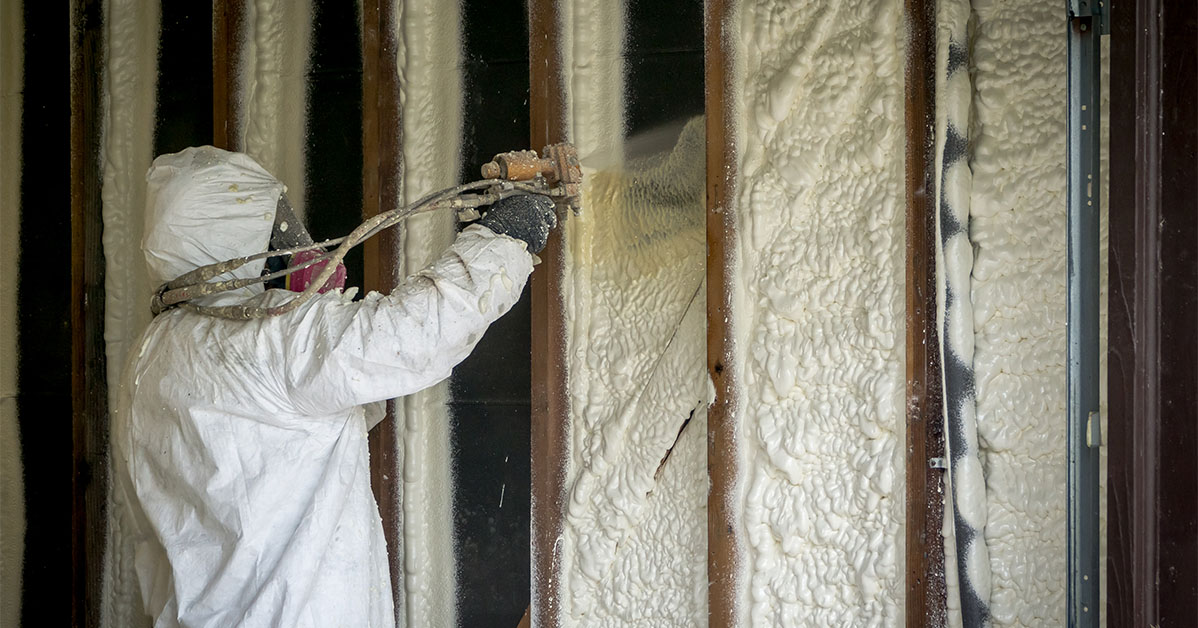
Fiberglass insulation remains a popular choice due to its affordability and versatility. Fiberglass batts provide an R-value between 3.14 and 4.29 per inch, making them effective for DIY projects. Blown fiberglass, commonly used in attics, offers R-values between 2.12 and 4.0 per inch, while wall installations can achieve R-values of 4.0 to 4.3 per inch with proper application. To maximize its performance in Tulsa’s climate, vapor barriers and careful installation are essential.
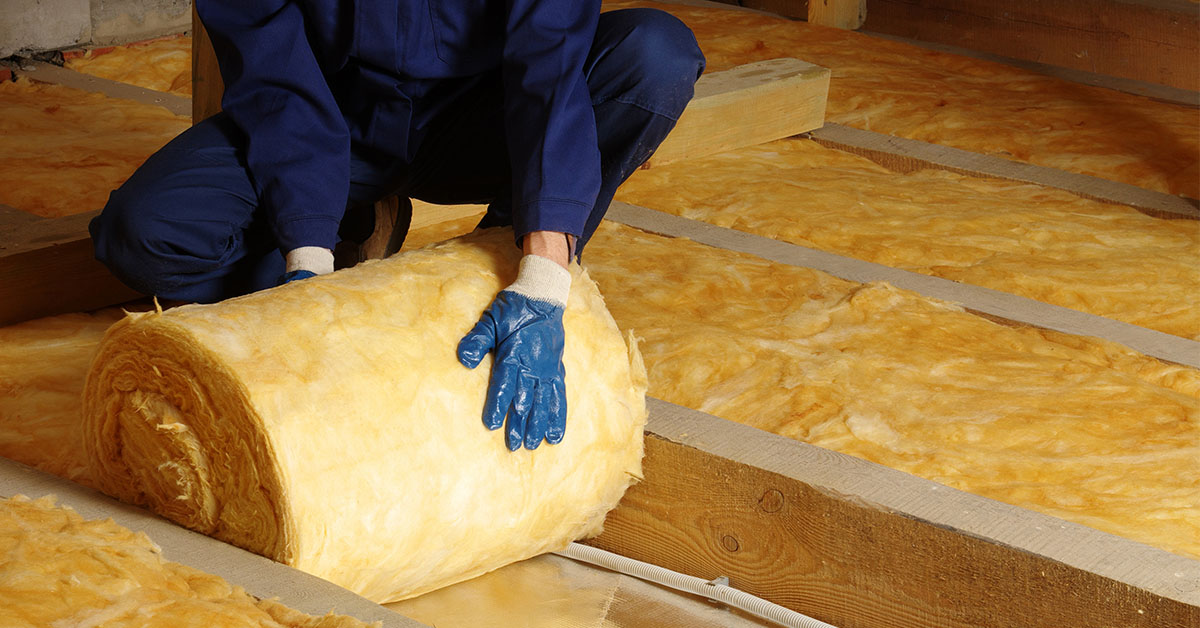
Cellulose insulation is a reliable option for various applications. Blown cellulose delivers an R-value of 3.8 per inch, whether used in attics or walls. Wet-spray cellulose, slightly lower at 3.75 per inch, also performs well. Made from recycled paper, cellulose offers natural pest resistance and good fire protection, adding to its appeal.
These material options help you meet Tulsa’s specific R-value requirements, ensuring your home stays comfortable year-round.
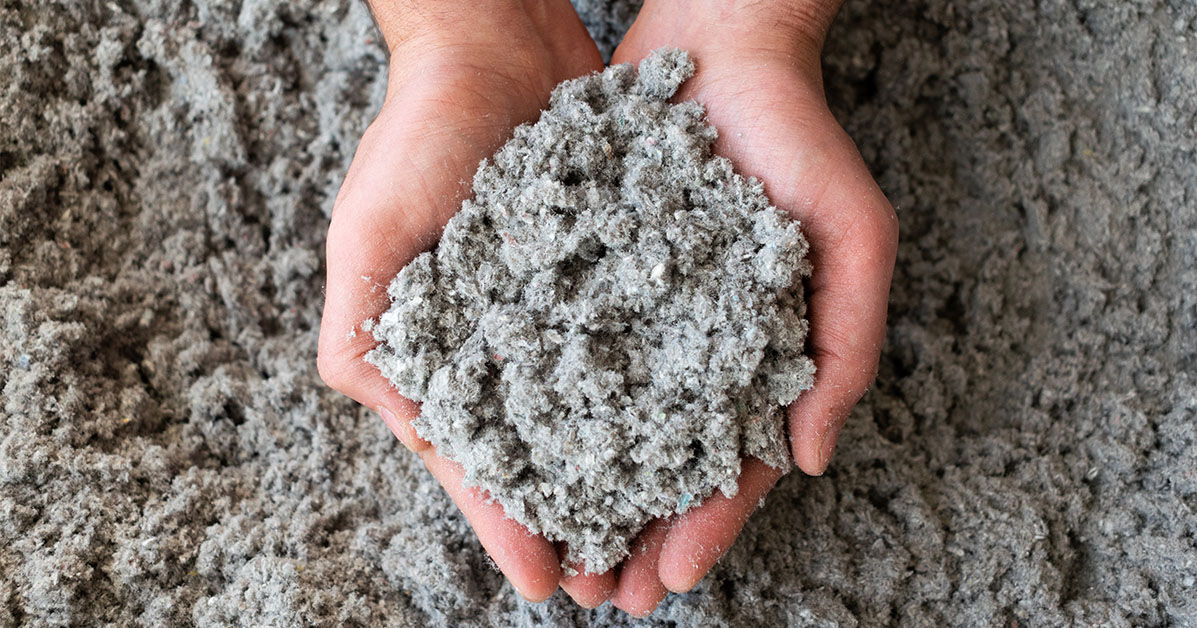
| Material | R-Value per Inch | Best Application | Climate Suitability |
|---|---|---|---|
| Closed-Cell Spray Foam | 4.9 – 7.1 | Air sealing + insulation | Excellent for humid climates |
| Open-Cell Spray Foam | 3.7 | Interior applications | Good with proper vapor barrier |
| Fiberglass Batts | 3.14 – 4.29 | DIY installations | Effective when properly sealed |
| Blown Fiberglass | 2.12 – 4.3 | Attics and walls | Requires professional installation |
| Cellulose | 3.75 – 3.8 | Retrofit applications | Good moisture resistance |
R-Value Recommendations for Tulsa’s Climate
Tulsa falls within Climate Zone 3, where energy efficiency standards are particularly important.
"In the Tulsa area, we’re in zone 3." – Installed Building Products Tulsa
For uninsulated attics, the recommended R-value is R-49, which typically requires about 12–16 inches of fiberglass or 10–13 inches of cellulose insulation. If your attic already has some insulation – around 3–4 inches – upgrading to achieve an R-value of R-38 can still offer solid performance. Across Oklahoma, including the Oklahoma City metro area, attic insulation levels between R30 and R49 are suggested to meet the 2021 International Energy Conservation Code (IECC) standards. Proper installation is critical, as gaps or compressed insulation can drastically lower its effectiveness.
When to Upgrade Your Insulation
Major roof repairs or replacements provide a perfect opportunity to upgrade your insulation. These projects give you access to areas that are usually hard to reach, making it easier to improve your home’s energy efficiency with minimal hassle.
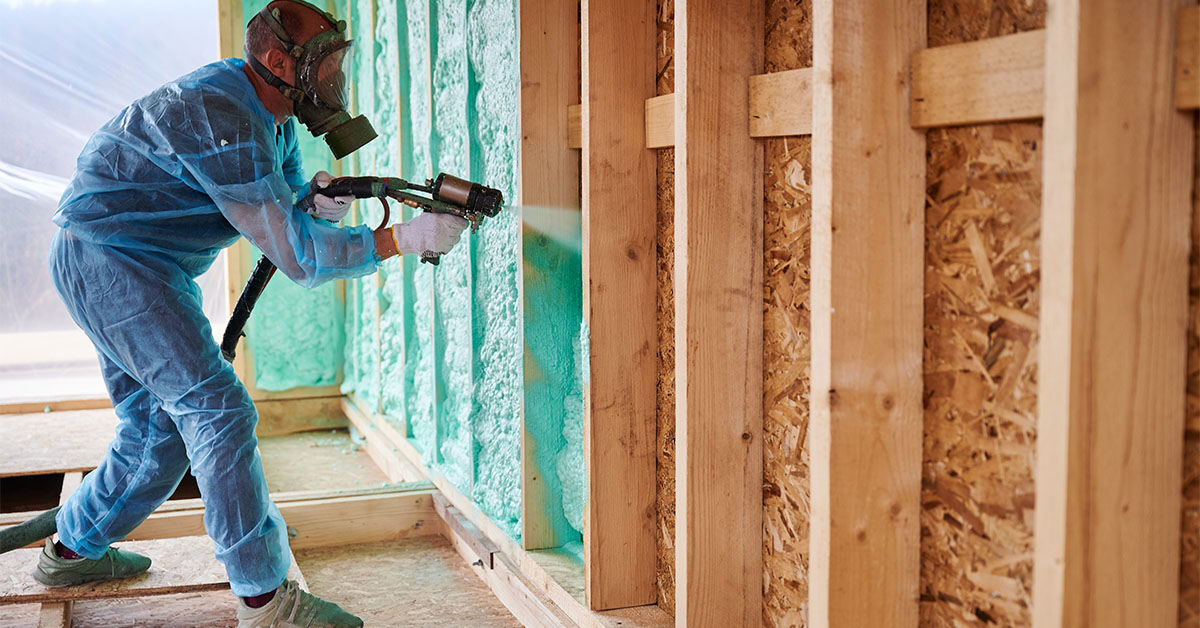
sbb-itb-66ccccd
Ventilation Systems for Tulsa Roofs
Just as insulation plays a key role in energy efficiency and moisture control, ventilation is equally important for extending the life of your roof – especially in Tulsa’s challenging climate. Proper ventilation helps cool attics during blazing summer months and prevents moisture buildup year-round. A well-thought-out system, combining both intake and exhaust vents, promotes natural airflow, protects your roof’s structure, and keeps indoor temperatures more comfortable.
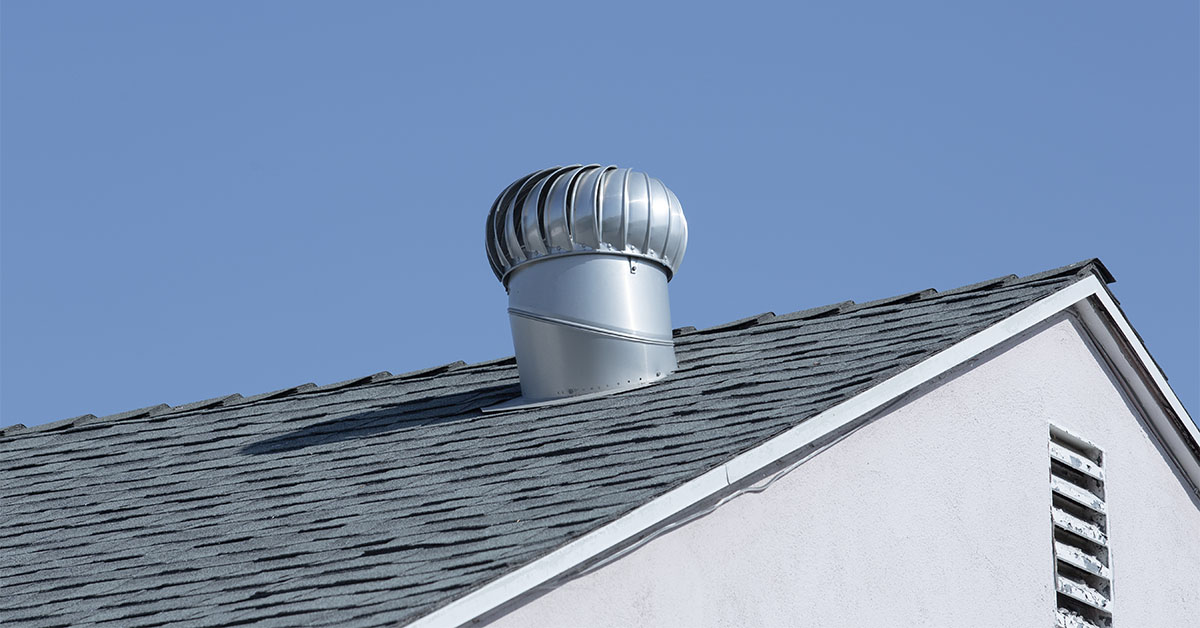
Types of Ventilation Systems
Ventilation works hand in hand with insulation to manage attic heat and moisture, ensuring your roof stays in good shape.
- Ridge vents: These vents run along the roof’s peak, providing a continuous outlet for hot air. Their low-profile design allows them to blend seamlessly with the roofline while naturally venting heat. Pairing ridge vents with intake vents at the eaves creates an effective airflow system.
- Soffit vents: Found under the roof’s overhang, soffit vents act as the primary intake, drawing cooler outside air into the attic. This air rises and exits through ridge or other exhaust vents, making soffit vents especially critical in Tulsa, where summer temperatures often exceed 100°F.
- Attic fans: These fans enhance natural ventilation. Solar-powered models tap into Tulsa’s abundant sunshine during peak heat, while electric fans kick on when attic temperatures hit around 90°F, helping to cool the space.
- Off-ridge vents: If ridge vents aren’t an option, off-ridge vents like static, turbine, or power vents can step in. Static vents provide consistent exhaust without moving parts, while turbine vents use wind energy to pull air from the attic.
The 1:300 Rule for Ventilation
To ensure proper ventilation, the 1:300 rule is a helpful guideline: you need 1 square foot of ventilation for every 300 square feet of attic space. For example, in a 1,500-square-foot home, this translates to about 5 square feet of combined intake and exhaust ventilation. To calculate your needs, multiply your attic’s length by its width to get the total square footage, then divide by 300. Be sure to check product specifications for net free area (NFA), which indicates the actual venting capacity, rather than relying on physical dimensions.
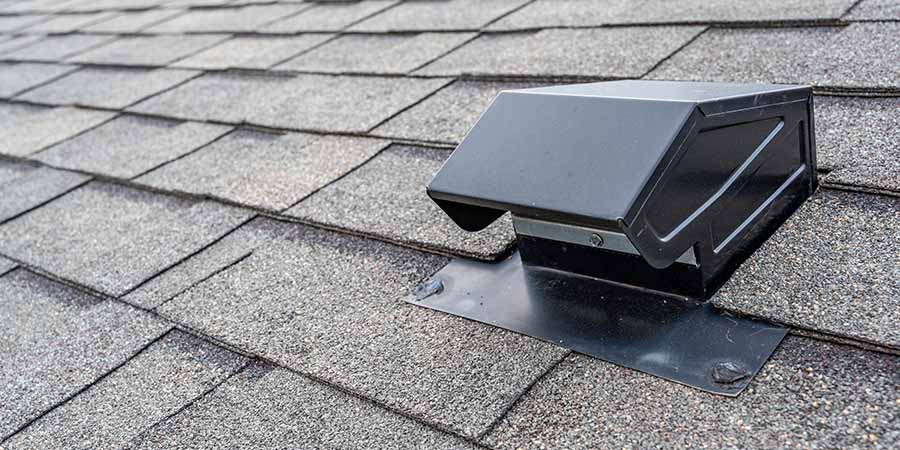
Avoiding Common Ventilation Mistakes
Blocked soffit vents are a common issue. During insulation installation, materials can sometimes get pushed against these vents, restricting airflow. Using baffles can prevent this by keeping the air channels clear between the soffits and the attic.
Another mistake is mixing different types of exhaust vents. For instance, pairing ridge vents with attic fans without proper planning can cause the fan to pull air from the ridge vent instead of drawing fresh air through the soffits. Sticking to a single exhaust system ensures balanced airflow.
Additionally, make sure vents remain unobstructed by insulation or excessive paint. Baffles or rafter vents can help maintain clear air pathways to keep the system functioning efficiently.
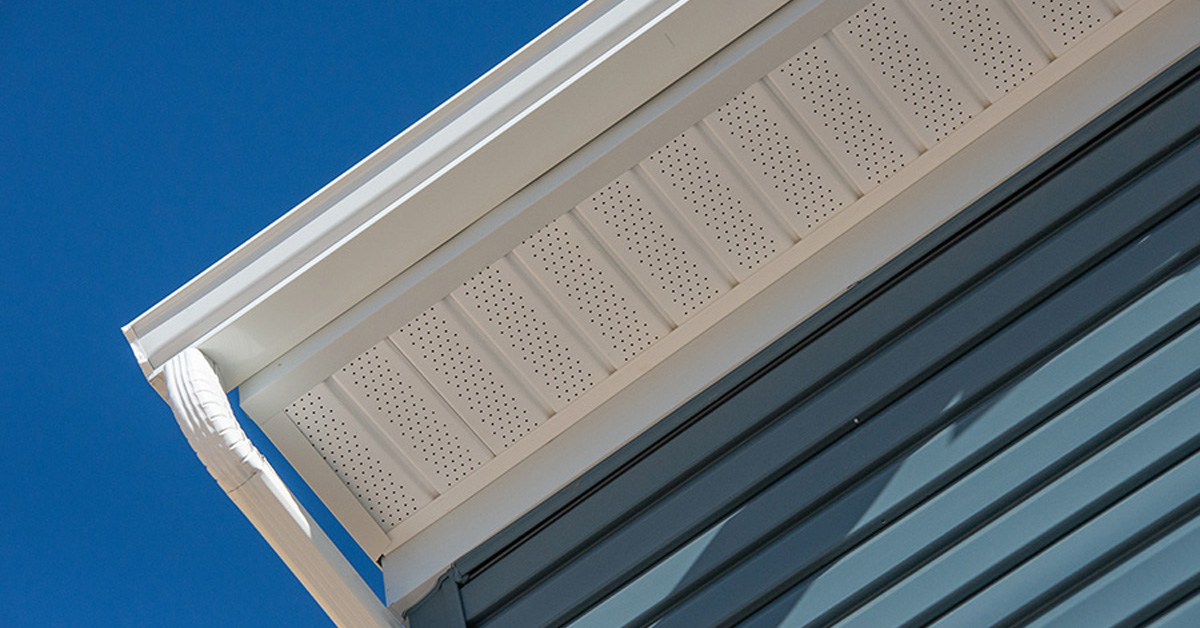
Balanced ventilation, much like targeted insulation, is key to protecting your roof and home from Tulsa’s extreme weather conditions.
Practical Tips for Tulsa Homeowners and Businesses
Keeping up with regular maintenance is a smart way to avoid expensive repairs and skyrocketing energy bills. This is especially important in Tulsa, where the weather can swing from blazing summer heat to sudden hailstorms and tornadoes. Staying proactive can make all the difference.
Inspecting and Maintaining Your Roof
Routine inspections can save you from unexpected repair costs. Often, insulation and ventilation problems reveal themselves if you know what to watch for.
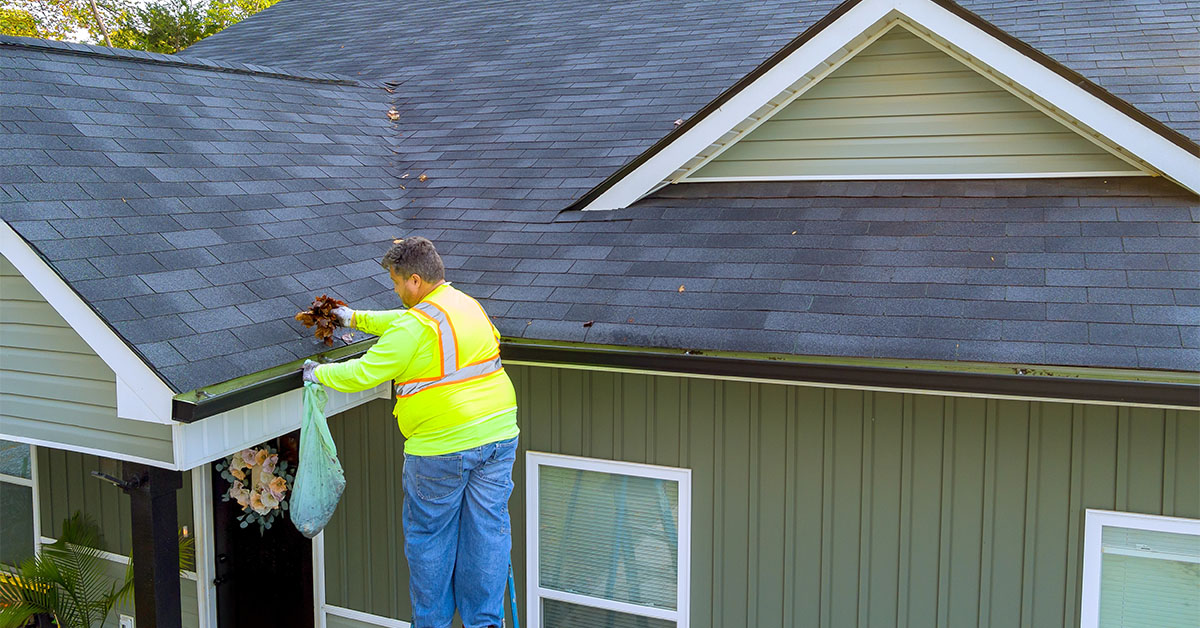
Some common warning signs include upper floors that feel too warm during the summer, excessive humidity in the attic, or ice dams forming on your roof during winter. Take a close look at your roof for signs of heat damage or moisture issues. Keep an eye out for blistering or peeling paint, rusty nails or fasteners in the attic, and water stains or leaks near chimneys and light fixtures.
These simple checks can help you catch problems early, making professional upgrades more effective.
Working with Professional Roofers for Upgrades
While DIY inspections are helpful, professionals can provide a deeper evaluation of your roof’s condition. Many Tulsa roofing companies offer free inspections with no obligation, where they’ll examine your attic, insulation, and ventilation systems for leaks, moisture, or other problems.
Roofing professionals often bring advanced tools to the table, such as infrared scanners to detect hidden moisture or drones for a bird’s-eye view of your roof. Joining these inspections allows you to ask questions and get a better understanding of your roof’s health.
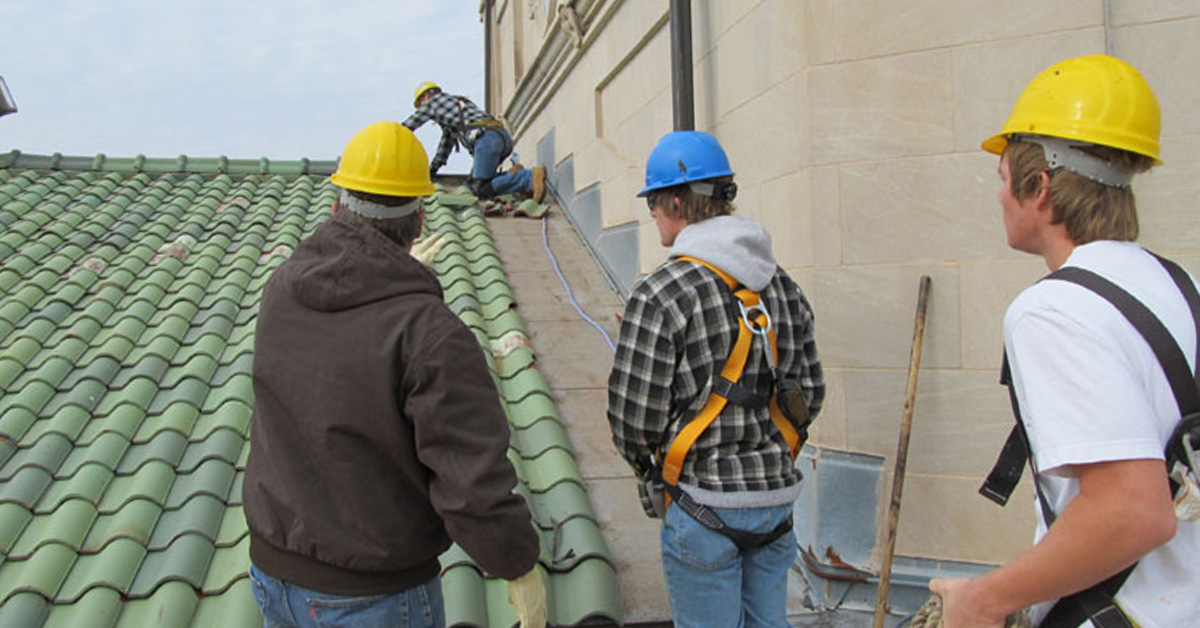
Before hiring a contractor, ensure they’re licensed, insured, and certified. It’s also a good idea to request references and check online reviews to confirm their reputation within the Tulsa community. These professional evaluations can help strengthen your roof’s overall performance.
Maintaining Long-Term Performance
Once you’ve addressed any issues and upgraded your insulation or ventilation systems, regular upkeep is key to keeping everything running smoothly.
After severe weather, inspect vents for debris or damage. Plan for professional roof inspections every few years to catch minor problems before they become costly repairs. With consistent care, you can extend the life of your roof and maintain its efficiency for years to come.
Protecting Your Roof in Tulsa’s Climate
When it comes to safeguarding your roof in Tulsa, you need to stay one step ahead. The area’s hot summers, unpredictable storms, and fluctuating humidity levels and heavy snow can take a toll on your roof in ways that generic solutions simply can’t handle. A proactive strategy is key to dealing with these challenges and ensuring your roof can withstand the elements.
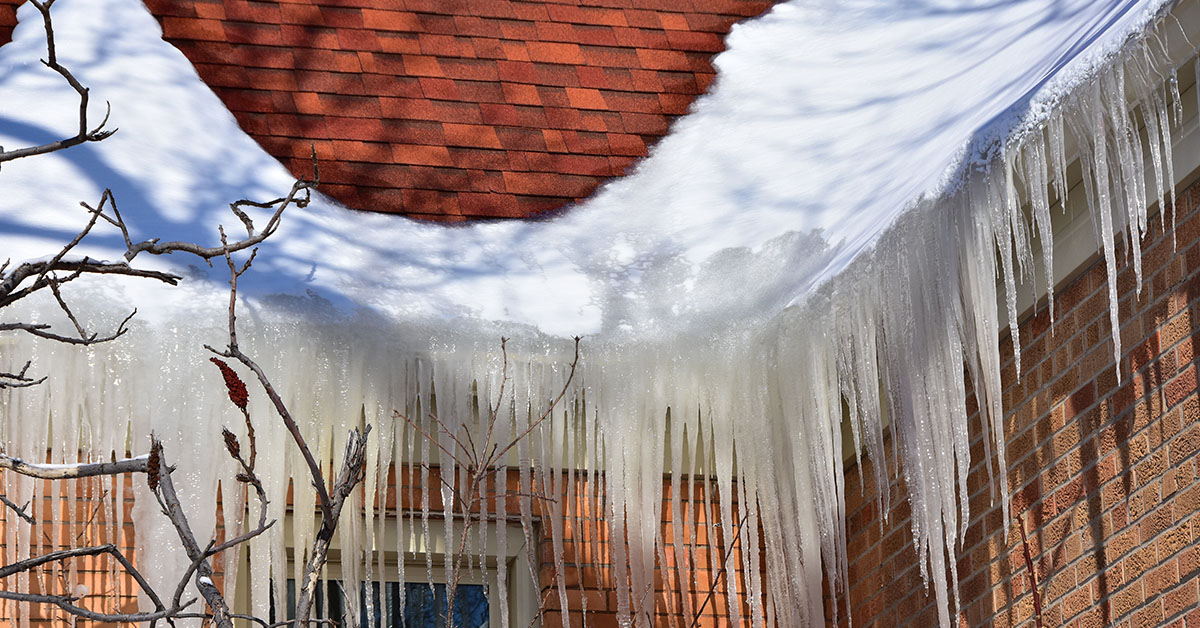
Start by keeping an eye out for warning signs that your roof might need professional attention. Moisture buildup, for instance, is a red flag. In Tulsa’s humid environment, unchecked moisture can lead to mold, wood rot, and long-term structural issues.
"When your Tulsa roof is subjected to extreme heat and humidity, its lifespan can be significantly reduced. The combination of heat and moisture can cause shingles to deteriorate, leading to premature aging and potential leaks." – Pro-Tech Roofing
Another factor to watch for is attic heat. Excessive heat in your attic doesn’t just make your home uncomfortable – it also forces your air conditioner to work overtime, driving up energy costs. Poor ventilation can trap humid air, which may cause gradual damage to the structure of your roof.
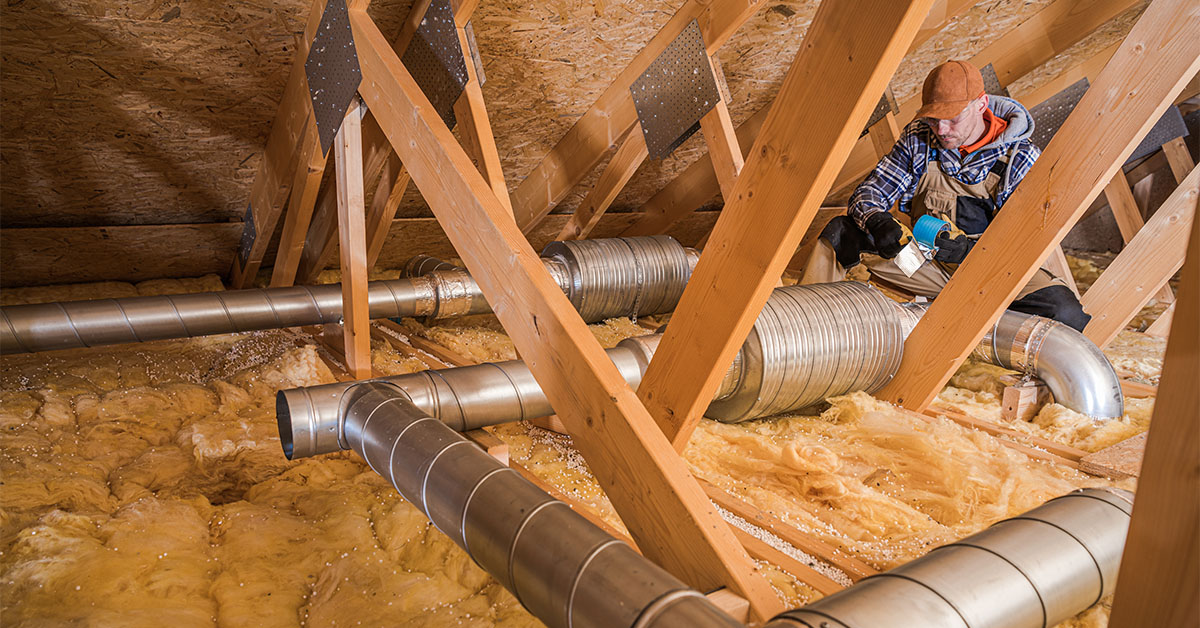
Getting a professional roof assessment is a smart move. Every roof has its own unique needs, and experienced contractors can spot hidden issues that might go unnoticed during a quick DIY inspection. In Tulsa, where the weather can be especially harsh, this kind of expertise is invaluable.
"In Oklahoma, where the climate can be particularly harsh, effective roof ventilation is not just a luxury – it’s a necessity." – Pro-Tech Roofing
The right balance of insulation and ventilation can make a big difference. It can lower your energy bills, ease the strain on your HVAC system, and extend the life of your roof. In a place like Tulsa, where temperatures can swing dramatically, these benefits are even more important.
If your home feels too warm, your attic is unusually hot, or you spot signs of moisture damage, don’t wait. Reach out to a roofing professional to evaluate your home. With proper insulation, ventilation, and regular maintenance, your roof can stay strong and efficient for years to come.
FAQs
How can I tell if my roof insulation or ventilation needs an upgrade in Tulsa’s climate?
If your roof insulation or ventilation isn’t doing its job, there are a few telltale signs to watch for, especially in Tulsa’s climate. One common issue is condensation in the attic during the colder months, typically from November to February. This might show up as water droplets or damp spots. Another warning sign is a musty smell or mold growth in the attic, often caused by moisture getting trapped due to poor airflow. During the summer, if your attic feels unbearably hot, your ventilation system might not be effectively releasing heat. This can lead to soaring energy bills and even long-term damage to your roof. Tackling these problems early on can help save on energy costs and shield your home from weather-related damage.
What is the best type of insulation for a home in Tulsa’s hot and humid climate?
Choosing the best insulation for your Tulsa home means taking into account the area’s scorching summers and high humidity. To keep your home comfortable, focus on insulation materials with a high R-value – this ensures better temperature regulation. Equally important is proper installation. Any gaps or air leaks can weaken the insulation’s effectiveness, so attention to detail is a must.
Ventilation also plays a big role in maintaining a comfortable and energy-efficient home. A well-balanced system with intake vents (like soffit vents) and exhaust vents (such as ridge vents) promotes steady airflow. This not only helps control heat and moisture but also protects your roof and keeps energy bills in check. By combining top-notch insulation with reliable ventilation, you’ll create a home that’s both cozy and cost-efficient.
How can I make sure my attic ventilation system works efficiently all year long?
To keep your attic ventilation system working effectively year-round, it’s crucial to maintain a proper balance between intake vents (which draw in fresh air) and exhaust vents (which release warm, moist air). This balance ensures steady airflow, helping to prevent heat and moisture buildup that could harm your roof or insulation.
Routine maintenance plays a big role here. Make it a habit to inspect your vents regularly and clear away debris like leaves or dirt that might obstruct airflow. Watch for warning signs of poor ventilation, such as an overly hot attic during the summer, condensation, or mold growth, and address any problems quickly. If you’re unsure about your system’s performance, a roofing professional can provide guidance tailored to Tulsa’s specific climate needs.
